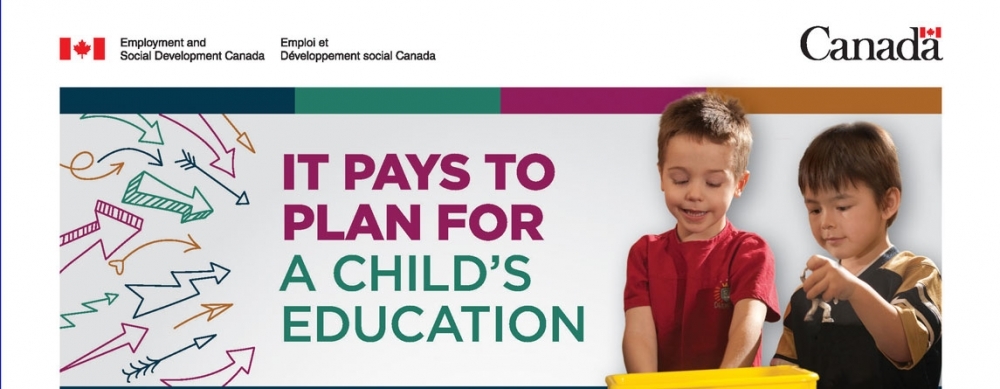
Lorem ipsum dolor sit amet, consectetur adipiscing elit. Ut elit tellus, luctus nec ullamcorper mattis, pulvinar dapibus leo.
Investing in Your Child’s Future: The Power of RESP
Ensuring a bright and prosperous future for your children is a top priority. With the ever-increasing costs of post-secondary education, it’s crucial to start thinking about how to provide the best opportunities for your kids. One of the most effective ways to secure their future is by investing in an RESP, a Registered Education Savings Plan.
Understanding RESP: A Foundation for Success
Are you a parent, or are you about to become one? As the cost of higher education continues to soar, many parents are wisely choosing to invest in their child’s education from the moment they are born.
Among the various investment options for a child’s education, an RESP, or Registered Education Savings Plan, stands out as a powerful tool to secure their future. Perhaps you’ve heard of RESP but aren’t entirely sure how it works.
What is an RESP?
An RESP is a flexible, tax-deferred investment designed to help you provide the best possible future for your children. When you open an RESP, your contributions receive grants from both the federal and provincial governments, potentially amounting to up to 40% of the total contributions until your child reaches 18. You can invest up to $50,000 per beneficiary over their lifetime, whether as a lump sum or through periodic contributions. It’s important to note that when your child eventually withdraws the money for their education, they will be taxed only on the accumulated interest portion of the investment.
Benefits of RESP:
Government Grants: When you contribute to an RESP, the government provides grants that can significantly boost your savings. The Canada Education Savings Grant (CESG) provides up to 20% on the first $2,500 in contributions each year, up to a lifetime maximum of $7,200 per beneficiary.
Tax-Deferred Growth: The money you invest in an RESP grows tax-free. This means that your savings can grow faster because you don’t have to pay taxes on the investment earnings until your child starts using the money for their education.
Flexible Investment Options: You have the flexibility to choose how to invest the money in your RESP. You can choose from a variety of investment options, including mutual funds, stocks, and bonds, to help your savings grow.
Support for Post-Secondary Education: When your child is ready to attend post-secondary education, the money in the RESP can be used to pay for tuition, books, and other expenses, providing the financial support they need to pursue their dreams.
Additional Grants: Lower-income families may also be eligible for additional grants, such as the Canada Learning Bond, which can provide up to $2,000 per beneficiary.
Tax Advantages: The money you contribute to an RESP is not tax-deductible, but the investment earnings grow tax-free. When your child withdraws the money for their education, it is taxed in their hands, typically at a lower tax rate.
RESP Contribution Limits:
There is no annual limit on the amount you can contribute to an RESP. However, there is a lifetime contribution limit of $50,000 per beneficiary. This means that you can continue to contribute to an RESP until you reach this limit.
How to Get Started:
Opening an RESP is a straightforward process. You can work with a financial institution or a registered RESP provider to establish your RESP account. It’s important to start early and maximize the benefits of government grants, so your child can enjoy the best opportunities for their education.
Start securing your child’s bright future today by investing in an RESP. It’s a powerful tool that provides financial support for their post-secondary education, setting them on the path to success.